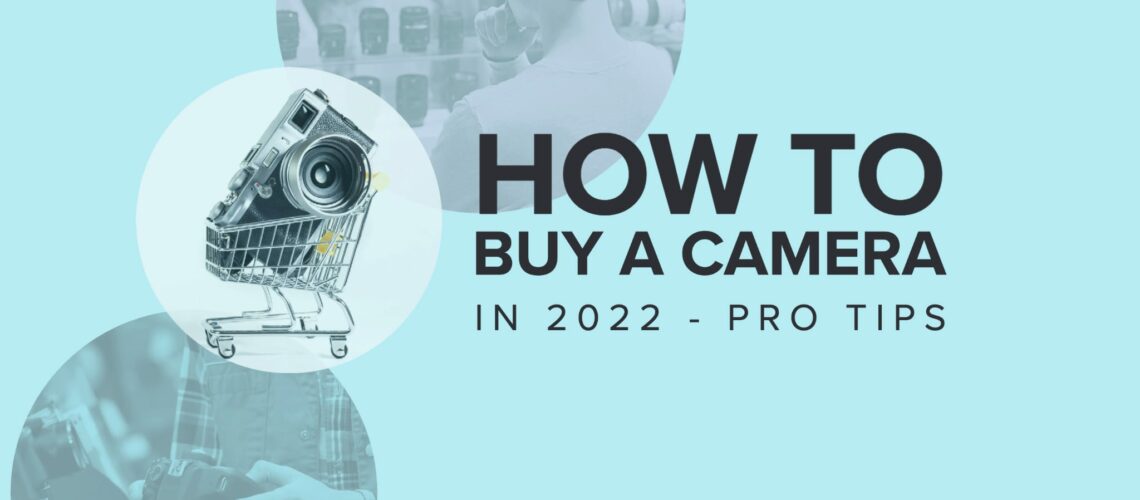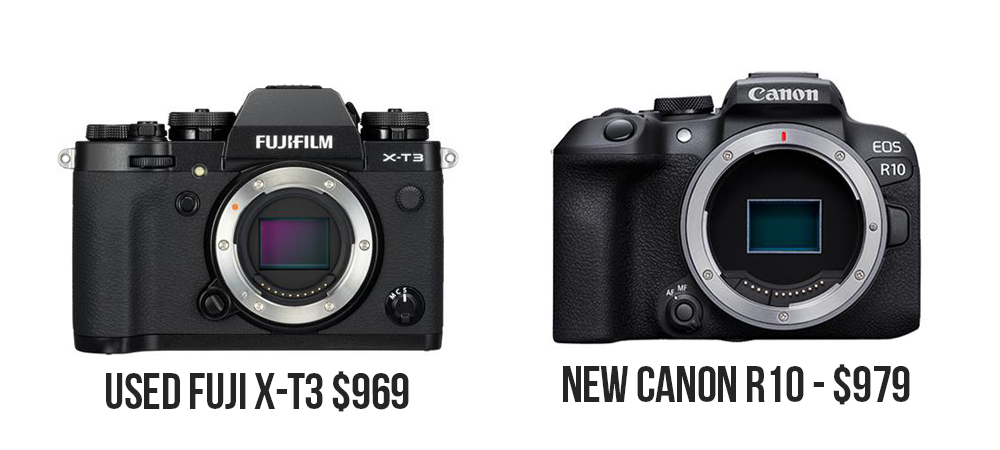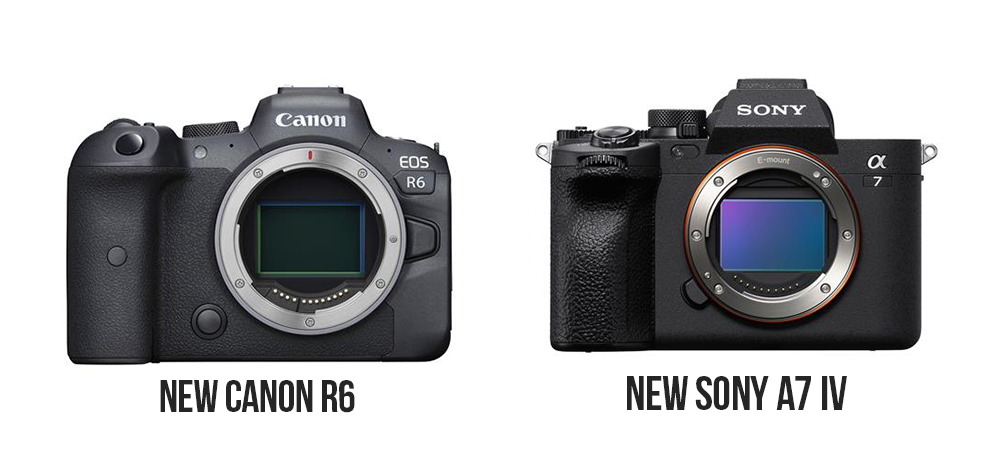Let’s be real for a second. Have you tried camera shopping lately? It’s like trying to pick the best needle from a stack of needles. With all of the improvements in technology in the last few years and the intense competition for a shrinking market, different camera models can start to blur together after just a few minutes of looking, especially if you aren’t a “camera person”. Even photographers have to do a good bit of homework to understand what they are buying! So in that spirit, I wanted to give you a cheat sheet with a few tips on what to look for, and what you should consider when learning how to buy a camera. Hopefully, if you use this post as a guide, it will help you find what you need without over-paying.
1. PRICE
Like anything, you want to set a budget when buying a camera. The important part is to keep it realistic, and to keep an open mind. Cameras, like any kind of electronics, have different tiers of pricing that open up different features. Keep in mind that if you plan on moving into cameras with more professional features, you will likely end up with something that has interchangeable lenses. The camera body can come with a lens or be sold on its own. Just keep in mind that you will need to buy a camera AND a lens one way or the other.
When putting together your budget, add in about 25% extra that you can stretch to in case you see a great deal that includes a bundle of accessories. You can very often get a great deal when buying a camera and lens together or getting accessories like memory cards, batteries, bags, or a tripod and you want to be prepared to grab a good deal when you see it.
Tier 1 – Under $500
This price range is going to get you either a camera that is pretty well-featured and pre-owned, or something that is a new consumer model. That is to say, you can get an older camera that has some professional capabilities that were up to date a few years back, or a new camera that’s the equivalent of a point and shoot camera for recreational use. Cameras in this range often have built in zoom lenses that can’t be changed, but work just fine for most people.
Tier 2 – $500 – $1000
In this range you are going to start to get some very capable cameras. Either some prosumer model cameras with great features, or some professional cameras with excellent features that are a few years old. In this range of cameras you get a lot more models with interchangeable lenses, which is good and bad. The good news is that you open up the possibility of some fantastic lenses that can aid you in creativity, the bad news is you often have to buy them separately from the camera body.
Tier 3 – $1000 – $2000
Now you are really getting into some serious cameras. In this price range, the options become pretty impressive. You will be able to get a fully-fully featured professional-level camera with a couple of years of use and probably a lens or two included, or a brand-new, pro camera. You also might start to see the term “full-frame” getting used in the description of the camera features. Essentially, this means the cameras sensor, the device inside the body that actually captures the light to record the digital image, is larger. There are a few different sensor sizes out there, but the short version is that full-frame cameras are often more expensive, have larger sensors, and are generally associated with better image quality. It’s not strictly true that they are “better”, but they are larger, often more expensive, and most professional photographers prefer them for their work.
Tier 4 – $2k +
At this point, the world is your oyster. The range of cameras open to you gives you incredible used and new options for pretty much any type of photography and video. Every camera brand out there has serious professional cameras in this price range. The big consideration in this price range is going to be lenses. If you have a couple thousand dollars to spend on a camera kit, you are going to wade into some serious territory when it comes to lenses. That’s when it gets really expensive. Professional-grade lenses are often more expensive than the camera. If your budget is $2k and you aren’t seriously considering a career in photography (in which case this article might not be for you), you might be better off buying a camera around the $1k mark and using the additional funds for lenses and accessories like extra batteries etc.
2. Intended Use
After you set your budget, the next thing to consider when learning how to buy a camera is how you intend to use it. What you want the camera to do will radically change the direction you want to take when choosing. Are you looking for a great camera to photograph your family on vacation? Are you looking for something to help you create video content for your business? Do you have products you need to photograph for your e-commerce site? Are you looking to up your live-streaming game? Your budget + intended use will seriously narrow down your choices to a manageable amount of cameras.
Pretty much every modern camera can shoot stills and video, but each model is balanced differently. Some cameras are designed with features that are more geared toward casual still photography while leaving advanced video features out. Some cameras are extremely video-centric for creators and lack features to attract serious still photographers. In the higher price ranges, the true hybrid cameras have powerful features for creators who need them for professional photo and video. Here are some examples of popular ways to use a camera and some of the features that are important:
V-logging – V-loggers might want a camera with a wider lens, a flip screen, and built-in stabilization for better shooting while walking around and filming.
Influencers for TikTok/IG – Being able to connect a camera directly to a phone reliably to get images and video posted easily might be a great feature for influencers. Having to load photos and videos on to a computer and edit them might slow things down.
Family Photos – Parents who want something to take photos of their kids while out and about might really appreciate a smaller camera with great battery life and an included lens that offers a large zoom range so they can travel light.
Nature and Wildlife – Fast and accurate autofocus and subject tracking could be a huge help to anyone who wants to capture wildlife and the natural world. Being able to shoot quickly with a fast frame rate is a great option as well.
Creators and Film Makers – Creatives working on short films and other content might want more video options like slow motion, great low-light performance, and great audio input/output options for capturing sound.
3. Where to Buy From
Where to buy from becomes as important as which camera to buy once you are ready to pull the trigger. To help you with that, here are some options along with their advantages and disadvantages
Amazon – no doubt you will get the largest variety of cameras, options to buy used or new, and a robust return policy. Coupled with potentially free shipping for Prime members and the ability to search through thousands of reviews, Amazon can be a good choice. The main disadvantage is that they don’t really have anyone to help you or answer your questions. If you know exactly what camera you want and you’re ready to buy, Amazon can be a great place.
Your local camera store – Getting to go and actually hold different cameras and get questions answered by living, breathing camera expert is a huge benefit when learning how to buy a camera. Local camera stores can be a fantastic resource and will often match pricing found online. You don’t have to pay shipping and you get to walk away with your camera in-hand. The disadvantages are small, but important. First of all, not everyone has a local camera store, there aren’t nearly as many as there used to be.
Most major cities will have one or two, but if you aren’t in a big city, you might have to drive a bit to reach one. The other disadvantage is inventory. Local camera stores often can’t carry as much in stock as big, online retailers so they may not have the exact model you want. In addition, they don’t always have used or refurbished cameras and lenses. A quick Google search will tell you what’s near you. If you go in with your budget and intended use, a good sales person will be able to put the perfect camera in your hands quickly.
Online Specialist Retailers – Retailers that were once local camera stores have grown into huge, international brands that sell camera equipment all over the world. They have huge selections and most of them have live chat features on their sites. This means you can get an expert to answer all your questions in real-time and end up with the perfect camera for you. The disadvantage is that specialist retailers don’t always offer free shipping and are often slower at delivery than Amazon. They just don’t have the global shipping infrastructure like the big A. Online specialist, Adorama, has a great live chat and very knowledgable sales people.
Summary
- Set a budget that’s realistic and know what kind of camera you can expect to find in that price range. Don’t forget that you might also have to buy a lens or two.
- Sit down and figure out what you really need to use the camera for and what features are the most important. Every camera has a specific intended use and a target audience.
- When you are ready to buy, ask yourself if you are going to need help with the purchase or not. If you have done all your homework and know exactly what you want, buying from anywhere reputable will be fine. But if you want an expert to help you choose, start local if you can. If not, look to an online retailer that specializes in cameras with a great live chat feature on their website. I always recommend Adorama to people, they do a great job.
How to Buy a Camera Bonus Tip: Beware of grey market vendors. There are loads of shady sellers out there that sell used gear and call it new, strip out the accessories, or sell electronics intended for international markets. This can leave you without a legitimate proof of purchase and a warranty. Saving a hundred bucks now can cost you big down the road. Stick to reputable dealers. You can always buy directly from manufacturers online if you aren’t sure who you are dealing with. Most camera manufacturers even have an online store for refurbished gear with full warranties.
















